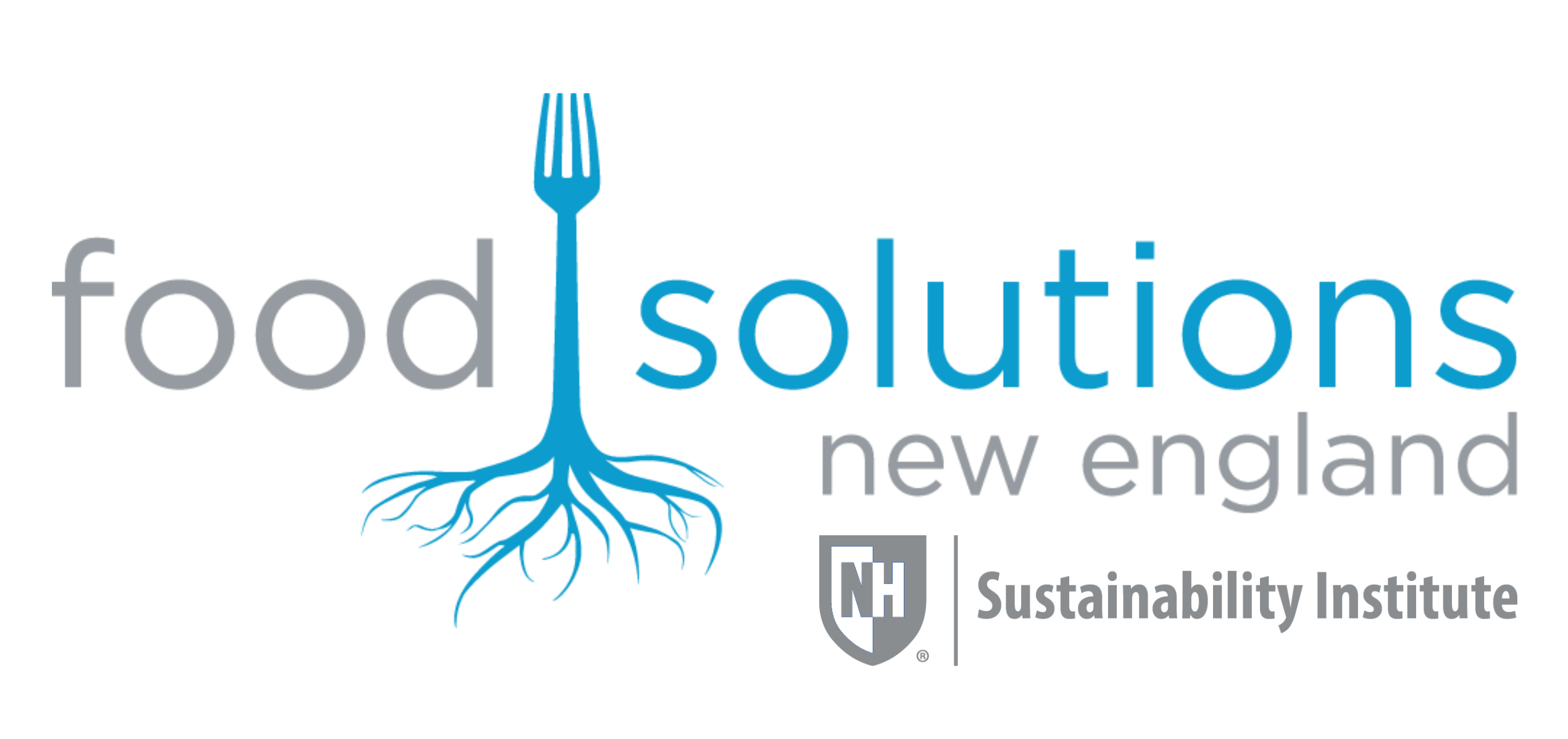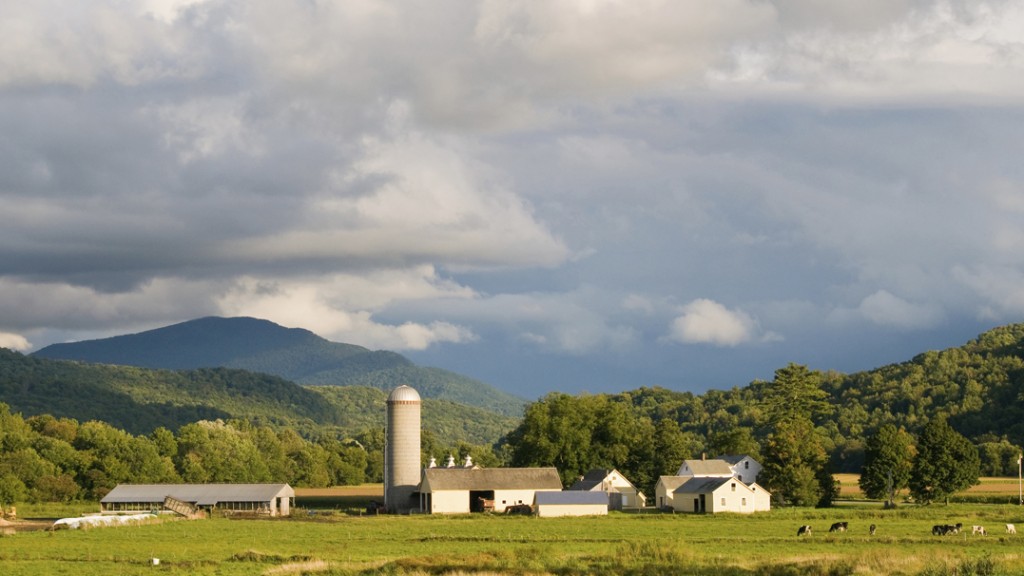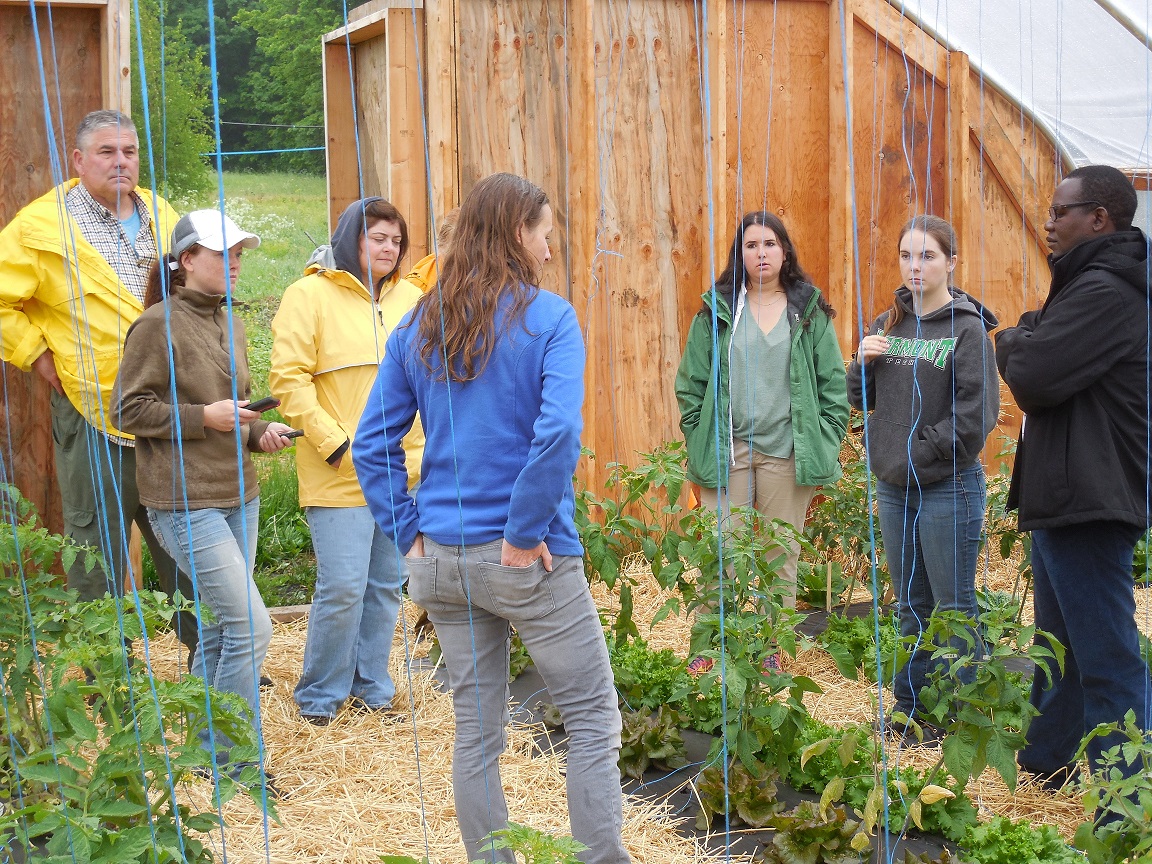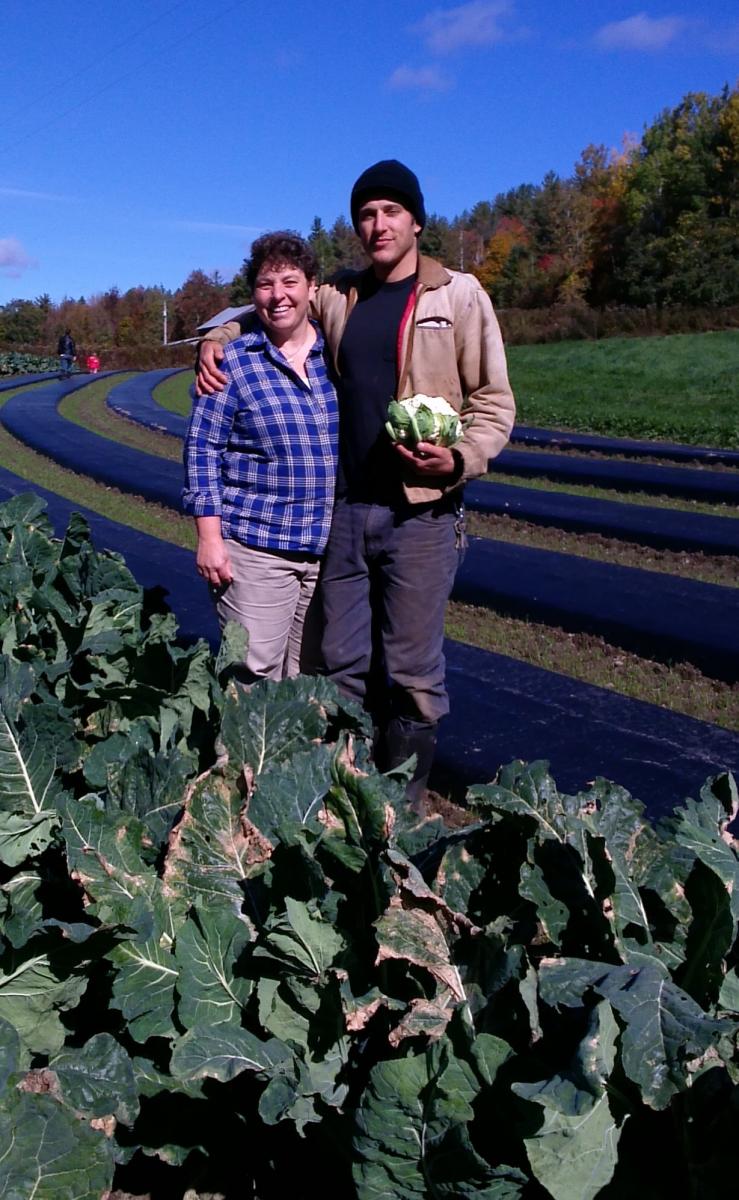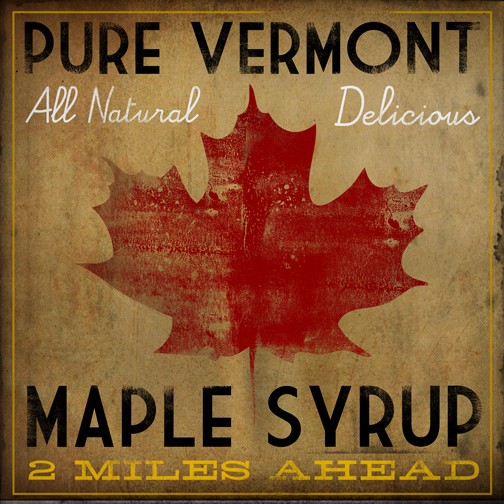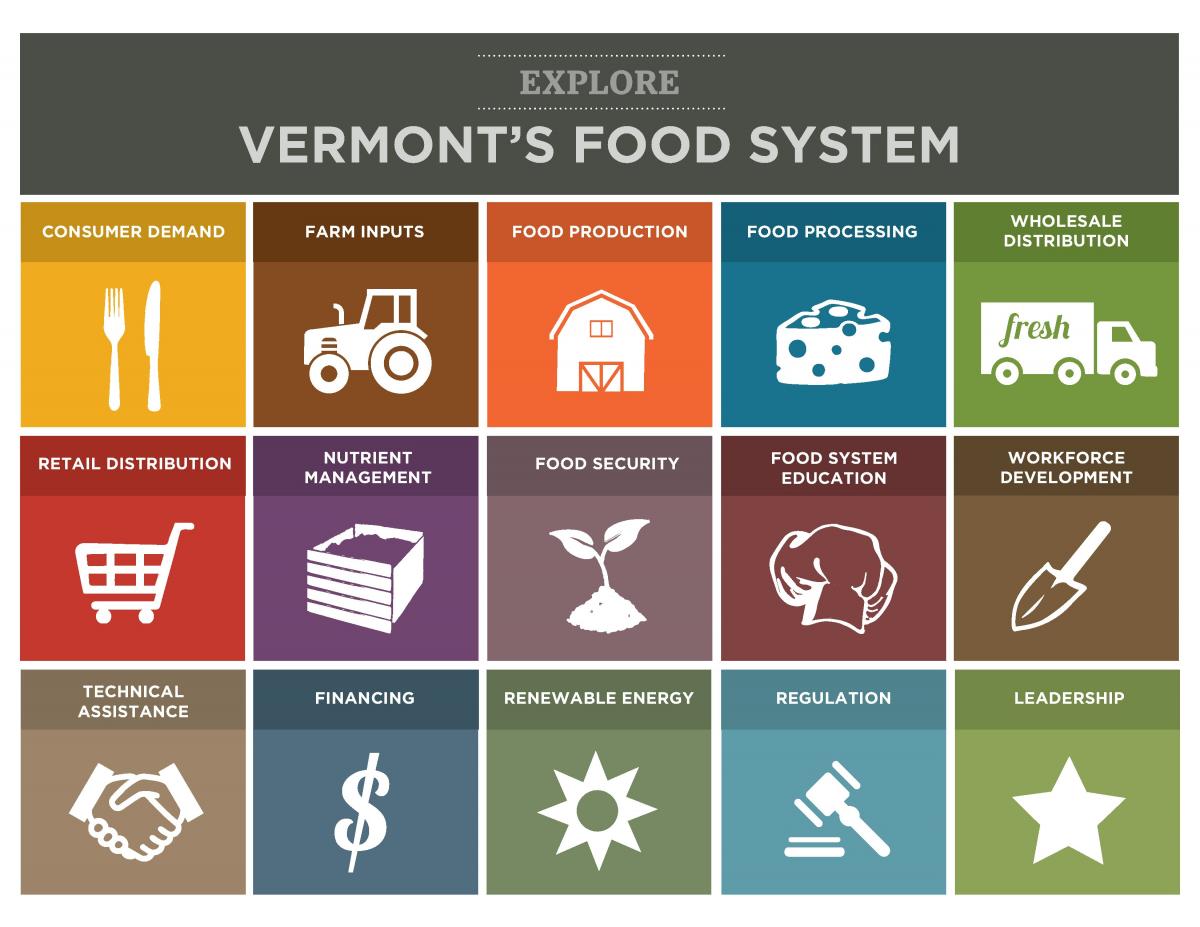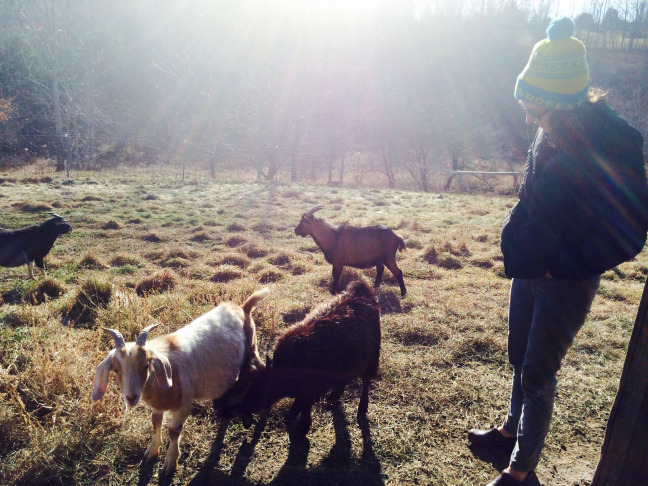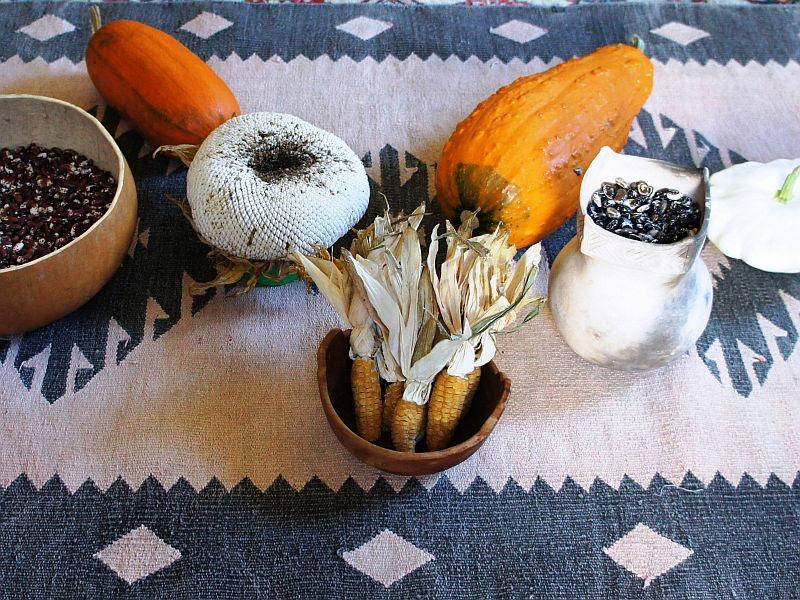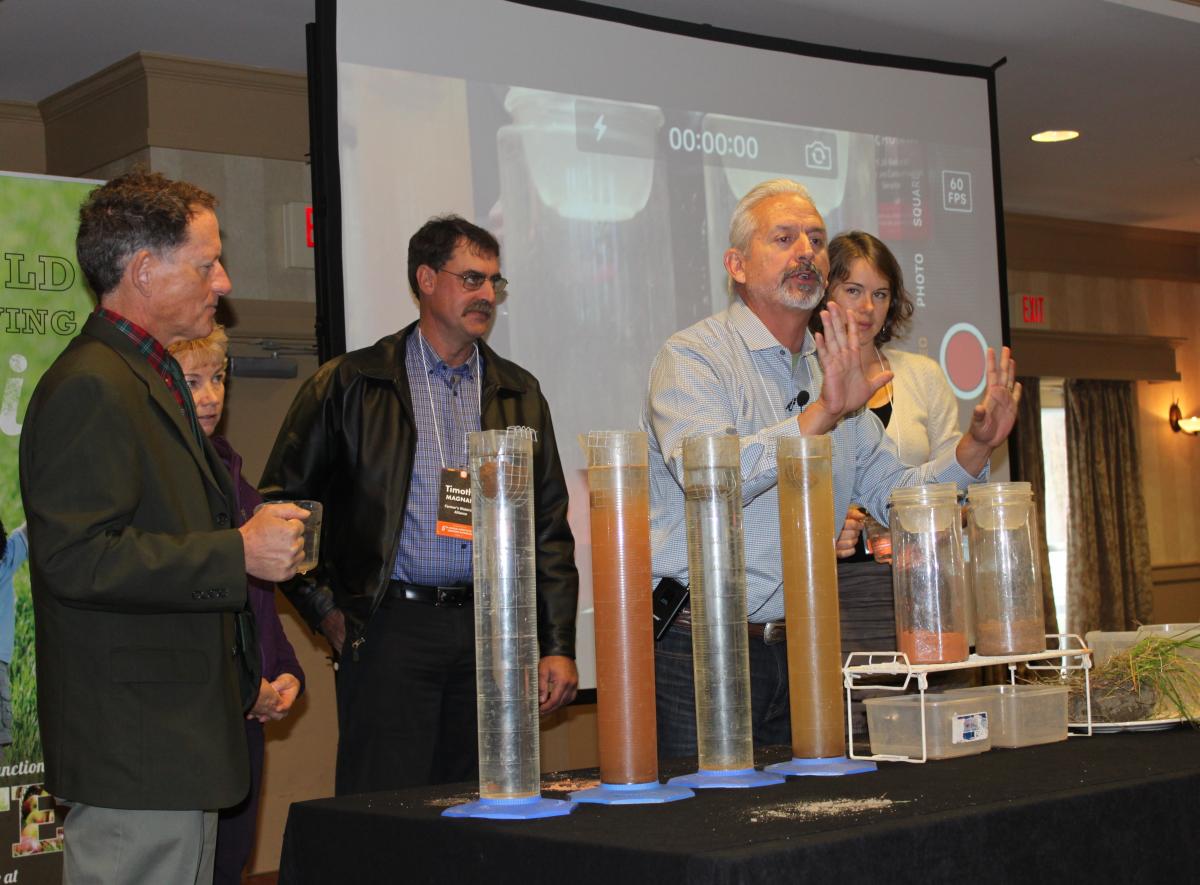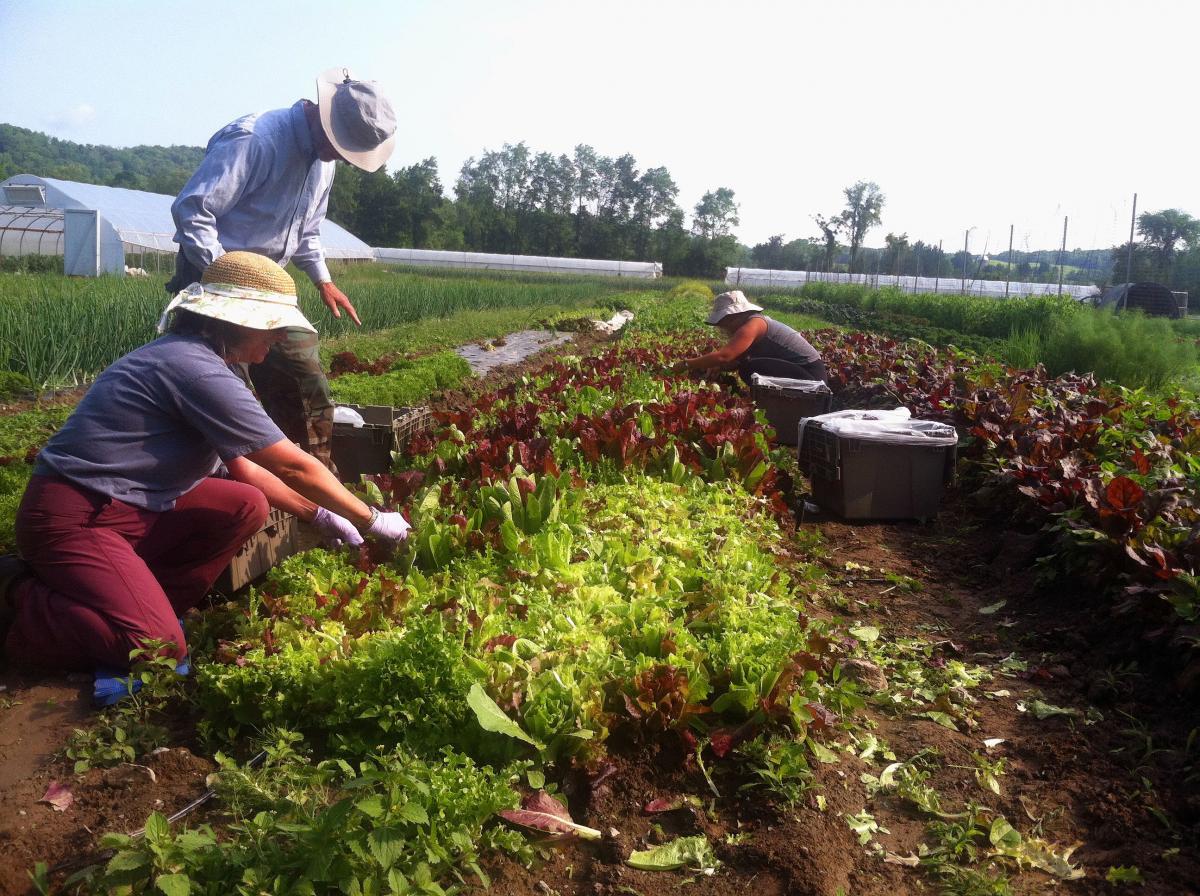Many Exiting Farmers in Vermont May Have No One to Take Over the Farm, New Study Shows
- Published in Research and Reports, Vermont
Two Weeks, Eight Schools: Students Invited to Vermont to Discover the Future of Food
- Published in Vermont
What do blueberry pickers, lobstermen and dairy workers have in common?
- Published in Vermont
Discovering Our Palate
- Published in Vermont
Branding Tradition: A Bittersweet Tale of Capitalism at Work
- Published in Vermont
Vermont at five year mark implementing Farm to Plate food system plan
- Published in Vermont
How Vermont Chevon Is Revolutionizing The Goat Meat Industry In Vermont
- Published in Vermont
Project Revives Abenaki Crops, One Seed At A Time
- Published in Vermont
Soil regeneration and clean water touted as foundation for healthy food at annual Vermont Farm to Plate Gathering
- Published in Vermont
Revised Food Security section of Vermont’s Farm to Plate food system plan released
- Published in Vermont
